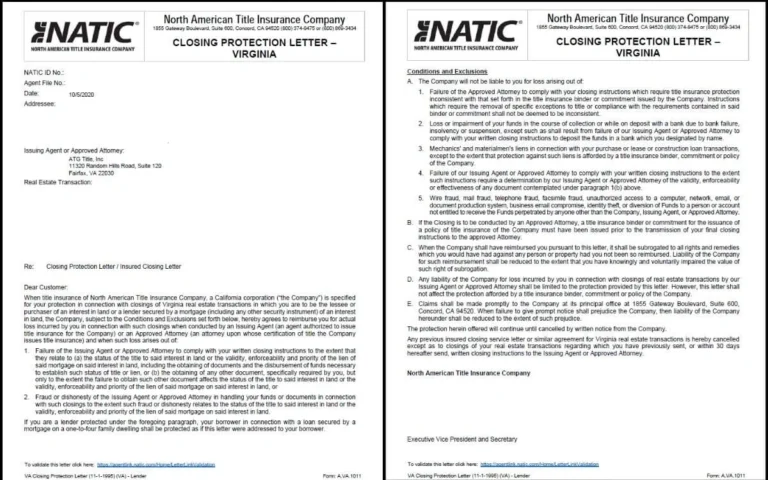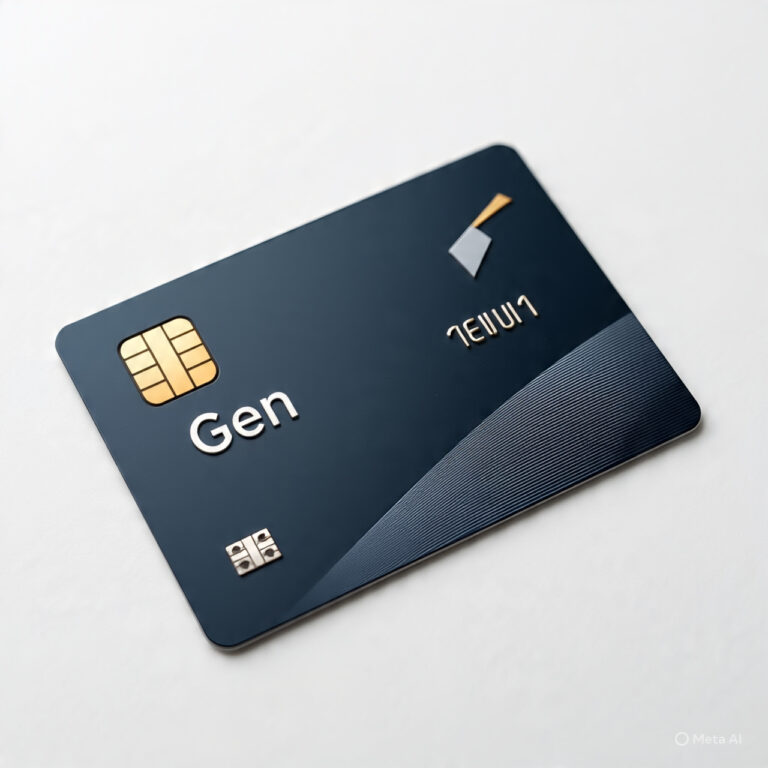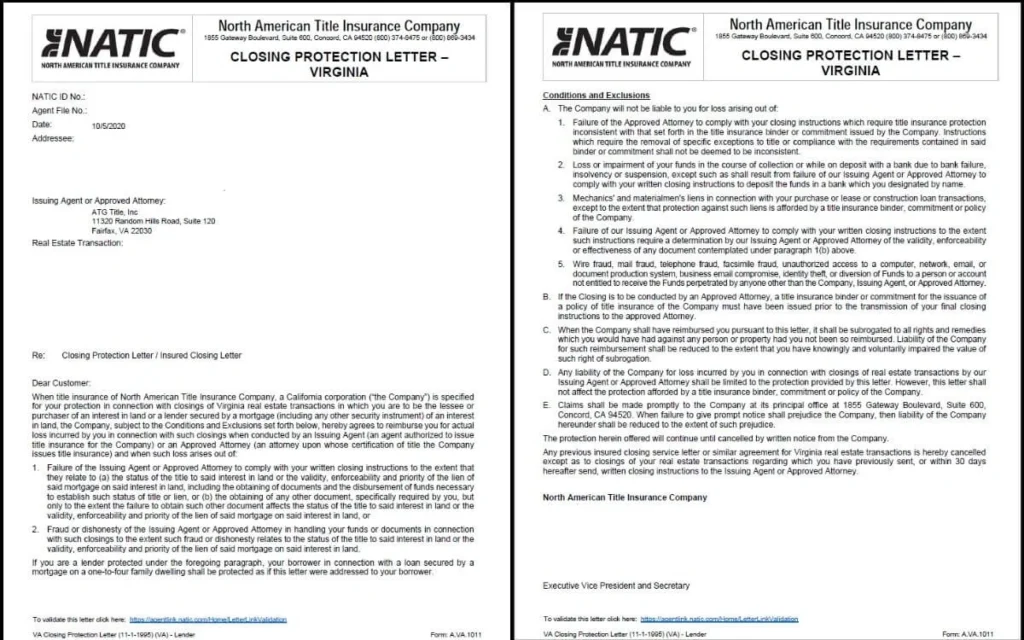Did you know how long it bitcoin take to send? While traditional payment systems like Mastercard process around 5,000 transactions per second, Bitcoin handles only about 7, creating a significant time difference.
Waiting for your bitcoin transfer can feel frustrating, especially when you need funds quickly. Typically, bitcoin transaction time ranges from 10 minutes to over 16 hours in extreme cases. Most services consider a transaction complete after six confirmations, which generally takes about an hour under standard network conditions. However, during peak periods, your bitcoin transfers take substantially longer if you’ve set lower fees.
Network congestion significantly impacts how long it takes to send bitcoin. In April 2021, average transaction fees skyrocketed to $59 as users competed to get their transactions processed faster. Additionally, the type of wallet you use matters – non-custodial wallets often provide more flexibility with fee settings, potentially reducing how long does bitcoin take to confirm.
Fortunately, solutions exist for those who need faster processing. The Lightning Network, for instance, allows for near-instant bitcoin transactions with significantly reduced wait times and fees. Alternatively, Bitcoin ATMs can process transactions within minutes, offering a quicker option compared to online wallets.
In this comprehensive guide, we’ll walk you through everything you need to know about Bitcoin transaction times in 2025, including what affects them and practical ways to speed up your transfers.
How Bitcoin Transactions Work in 2025
Image Source: Cointribune
Bitcoin transactions operate on a sophisticated decentralized network that fundamentally differs from traditional banking systems. Understanding this process helps explain why Bitcoin transfer times vary.
What happens when you send Bitcoin
The journey begins when you initiate a transaction through your wallet. Initially, your wallet software constructs the transaction with specific inputs (your unspent Bitcoin) and outputs (recipient’s address and any change returned to you). Your private key then digitally signs this transaction, establishing authenticity through Elliptic Curve Cryptography (ECC). This signature ensures only you can authorize transfers.
Once signed, your transaction is broadcast to the Bitcoin network, entering a holding area called the “mempool” where it awaits processing. Network nodes immediately validate your transaction by checking its structure, signature, and confirming the Bitcoin hasn’t been previously spent.
The role of miners and confirmations
Miners serve as the backbone of the Bitcoin network. These specialized computers compete to solve complex mathematical puzzles using SHA-256 hashing algorithms. This process, known as proof-of-work (PoW), typically takes about 10 minutes per block.
When a miner successfully solves the puzzle, they:
- Select transactions from the mempool (often prioritizing those with higher fees)
- Package them into a new block
- Add this block to the blockchain
The addition of your transaction to a block constitutes your first “confirmation.” Each subsequent block added to the chain provides an additional confirmation, further securing your transaction.
Why confirmations matter for security
Confirmations essentially prevent double-spending – using the same Bitcoin twice. As more blocks are added on top of the one containing your transaction, the transaction becomes increasingly difficult to reverse or alter.
Most exchanges and services consider a Bitcoin transaction fully secure after six confirmations, which takes approximately one hour under normal network conditions. This waiting period exists because each confirmation exponentially decreases the probability of transaction reversal.
The decentralized nature of Bitcoin provides unparalleled security and autonomy, but consequently introduces these necessary confirmation times. By 2025, this fundamental process remains unchanged despite advances in mining hardware and network infrastructure.
How Long Does It Take to Send Bitcoin?
The question of how long does bitcoin take to send has become increasingly relevant as the network evolves. Currently, the average confirmation time has reached a record high of approximately 19 minutes in 2025.
Average time for one confirmation
Bitcoin’s confirmation speed has notably changed over the years. Typically, under ideal conditions, a transaction receives its first confirmation in about 10 minutes. Nevertheless, this timing varies considerably based on network conditions. According to recent data, the average confirmation time has steadily increased, reaching an unprecedented 19-minute average in early 2025.
This growth in confirmation time stems from several factors. As Bitcoin has gained popularity, the network processes more transactions than ever before, albeit with the same fundamental limitations – processing only about 7 transactions per second.
Why some transactions take longer
Not all Bitcoin transactions complete within the average timeframe. Indeed, during peak periods, your transaction might take significantly longer. The primary reasons include:
- Network congestion: When transaction volume surges, the mempool (transaction waiting area) becomes crowded
- Transaction fees: Miners prioritize higher-fee transactions, delaying those with lower fees
- Block size limitations: Bitcoin’s 1MB block size restricts how many transactions fit in each block[72]
- Fee dynamics: During congested periods, competition for block space intensifies, extending confirmation times
Altogether, these factors create situations where transactions might take anywhere from 10 minutes to several hours or even days in extreme cases.
How long does Bitcoin transfer take between wallets
When transferring Bitcoin between wallets, timing varies based on several considerations. Most services require 3-6 confirmations before considering a transaction complete[94]. Given that each confirmation takes approximately 10 minutes, a standard wallet-to-wallet transfer typically requires 30-60 minutes under normal conditions.
Currently, if you’re sending Bitcoin during high-traffic periods or with minimal fees, transfers between wallets might take several hours. Alternatively, during off-peak hours with higher fees, your transaction could complete within 10-20 minutes.
The Bitcoin network’s fundamental design prioritizes security over speed, which explains why transfers aren’t instantaneous. Each confirmation exponentially increases transaction security, making the waiting period a necessary trade-off for Bitcoin’s trustless system.
What Affects Bitcoin Transaction Time?
Image Source: Redress Compliance
Several key factors determine exactly how long your Bitcoin transactions take to complete. Understanding these variables helps you navigate the sometimes unpredictable Bitcoin network more effectively.
Network congestion and mempool size
The Bitcoin mempool, essentially a waiting area for unconfirmed transactions, directly impacts how quickly your transfer processes. During periods of high activity, the mempool becomes crowded, creating a backlog of transactions awaiting confirmation. This congestion can extend confirmation times from minutes to hours or even days in extreme cases. The mempool has a limited capacity—typically 300 MB—and once full, nodes start dropping transactions with the lowest fees.
Transaction fees and miner incentives
Miners prioritize transactions offering higher fees, as these maximize their profits. This selection is not random but influenced by the transaction fees you set. During busy periods, the “bidding” becomes more competitive, leading to higher fees. If you don’t include a sufficient fee, your transaction might remain unconfirmed for extended periods—sometimes hours or days.
Wallet type and fee customization
Your choice of wallet significantly affects transaction times. Wallets supporting more efficient address types like SegWit or Taproot require less space, allowing you to pay smaller fees while still achieving quick confirmations. Advanced wallets offer fee customization options, whereas basic web wallets often don’t. Some wallets analyze recent blocks to calculate optimal fees, others check mempool congestion in real-time, and some even estimate fees for specific confirmation targets (1-block, 3-block, or 6-block).
Number of confirmations required
Bitcoin transactions typically need 6 confirmations to be considered secure. Yet, different services set varying confirmation requirements—some exchanges require only 1-3 confirmations, others demand 6 or more. Each confirmation exponentially decreases the probability of transaction reversal, thus increasing security. For extremely valuable transactions (comparable to block rewards), waiting for 144 confirmations (approximately one day) provides maximum security.
Ways to Speed Up Bitcoin Transfers
Frustrated with slow Bitcoin transfers? Fortunately, several proven methods can significantly reduce how long your Bitcoin transfers take. From technical solutions to practical alternatives, here are five effective approaches.
Use Replace-By-Fee (RBF)
Replace-By-Fee (RBF) allows you to replace an unconfirmed transaction with a new version that includes a higher fee. This feature proves especially valuable during high network congestion when lower-fee transactions get stuck. With RBF, you can:
- Increase transaction priority by submitting a higher fee version
- Gain more control over your pending transactions
- Prevent transactions from being stuck in the mempool for days
RBF requires the transaction to signal BIP125 replaceability, which most modern wallets support. Simply locate your pending transaction and select the “bump fee” or “accelerate” option to increase the fee.
Choose SegWit-enabled wallets
SegWit (Segregated Witness) addresses reduce transaction size and consequently lower fees. By using SegWit-enabled wallets, you can:
- Decrease transaction fees by 53-70% compared to legacy addresses
- Improve transaction processing times due to smaller data size
- Enhance block efficiency and speed
Popular wallets supporting SegWit include Trezor, Ledger Nano S, and Electrum.
Send during off-peak hours
Network congestion varies throughout the day and week. Accordingly, sending Bitcoin during quieter periods results in faster confirmations. The ideal times include:
- Weekends, particularly between 0200-0600 UTC
- Periods when trading activity is lower
- Times when mempool size is reduced
Monitor mempool.space for real-time Bitcoin fee estimates and network conditions.
Use the Lightning Network for instant transfers
The Lightning Network operates as a Layer-2 solution on top of Bitcoin, enabling:
- Near-instantaneous transfers measured in milliseconds to seconds
- Capacity for millions to billions of transactions per second
- Exceptionally low fees compared to on-chain transactions
- Complete privacy as transactions occur off-chain
Although setting up a Lightning channel requires an initial on-chain transaction, subsequent transfers between connected parties happen almost instantly.
Try Bitcoin ATMs for faster processing
Bitcoin ATMs offer a physical alternative for quick transactions:
- Receive Bitcoin instantly upon purchase
- Complete transactions in under two minutes
- Access over 40,000 locations nationwide
- Purchase up to $5,000 in Bitcoin through most machines
This option particularly benefits those without access to online purchasing methods or those needing immediate funds.
Conclusion
Understanding Bitcoin transaction times ultimately helps you navigate the cryptocurrency space more effectively. Throughout this guide, we’ve explored how Bitcoin transfers typically take between 10 minutes and an hour under normal conditions, though network congestion can extend this to several hours during peak periods.
Consequently, the factors affecting your transaction speed deserve careful consideration. Network congestion, transaction fees, wallet types, and confirmation requirements all play crucial roles in determining how quickly your Bitcoin moves between addresses. Most importantly, you maintain significant control over these variables, particularly through fee selection and timing your transactions strategically.
Additionally, several practical solutions exist for those times when speed becomes essential. Replace-By-Fee allows you to unstick delayed transactions, while SegWit-enabled wallets reduce your costs and improve processing times. The Lightning Network stands out as a particularly powerful option, providing near-instant transfers with minimal fees for regular transactions.
At the end of the day, Bitcoin’s deliberate transaction design prioritizes security over speed—a fundamental trade-off that protects your assets. Still, by applying the strategies outlined in this guide, you can significantly reduce waiting times while maintaining the security benefits of the Bitcoin network. Whether you choose higher fees during congestion, send during off-peak hours, or utilize faster alternatives like the Lightning Network, these approaches ensure your Bitcoin transfers complete as efficiently as possible in 2025 and beyond.
FAQs
What is the typical duration for a Bitcoin transaction?
On average, a Bitcoin transaction takes about an hour to complete. However, depending on network conditions and the transaction fee set, this can vary from 10 minutes to several hours.
What factors influence Bitcoin transaction times?
Bitcoin transaction times are affected by network congestion, transaction fees, wallet type, and the number of confirmations required. Higher network activity and lower costs can lead to longer processing times.
How can I speed up my Bitcoin transfer?
You can speed up Bitcoin transfers by using Replace-By-Fee (RBF) to increase transaction fees, choosing SegWit-enabled wallets, sending during off-peak hours, utilizing the Lightning Network for instant transfers, or using Bitcoin ATMs for faster processing.
What is the Lightning Network, and how does it affect Bitcoin transfer times?
Lightning Network is a Layer-2 solution built on top of Bitcoin that enables near-instantaneous transfers. It can process millions of transactions per second with extremely low fees, significantly reducing transfer times compared to on-chain transactions.
Why do Bitcoin transactions require multiple confirmations?
Bitcoin transactions require multiple confirmations to ensure security and prevent double-spending. Each confirmation exponentially decreases the probability of transaction reversal. Most services consider a transaction fully secure after six confirmations, which typically takes about an hour.
Check out our latest Post
- FintechZoom Crypto: Bitcoin Surges Past $75,000 USD MarkBitcoin’s price movements have created a frenzy in the fintechzoom.com crypto world as it surges past the $75,000 USD mark. With Bitcoin’s market cap exceeding $1.2 trillion and institutional adoption… Read more: FintechZoom Crypto: Bitcoin Surges Past $75,000 USD Mark
- CURE Auto Insurance Reviews 2025: Hidden Costs and Real Savings RevealedCURE auto insurance reviews reveal a troubling pattern of customer complaints that should give potential policyholders serious pause. Despite controlling only about 1% of Michigan’s car insurance premium market, CURE… Read more: CURE Auto Insurance Reviews 2025: Hidden Costs and Real Savings Revealed
- Insured Closing Letter (CPL)An Insured Closing Letter (CPL), also known as a Closing Protection Letter, is a contractual agreement issued by a title insurance underwriter that indemnifies the lender against actual losses resulting… Read more: Insured Closing Letter (CPL)
- Ziimp.com Credit Cards ReviewNavigating ziimp.com tech features initially felt like exploring uncharted territory in the fintech world. In today’s digital banking landscape, choosing the right credit card can significantly impact your financial well-being.… Read more: Ziimp.com Credit Cards Review
- How to Build a Secure Credit Card Generator for Testing APIsCredit card gen tools can protect you from the risks of information theft that occur in both physical and digital environments. Major credit cards in the United States consist of… Read more: How to Build a Secure Credit Card Generator for Testing APIs




















